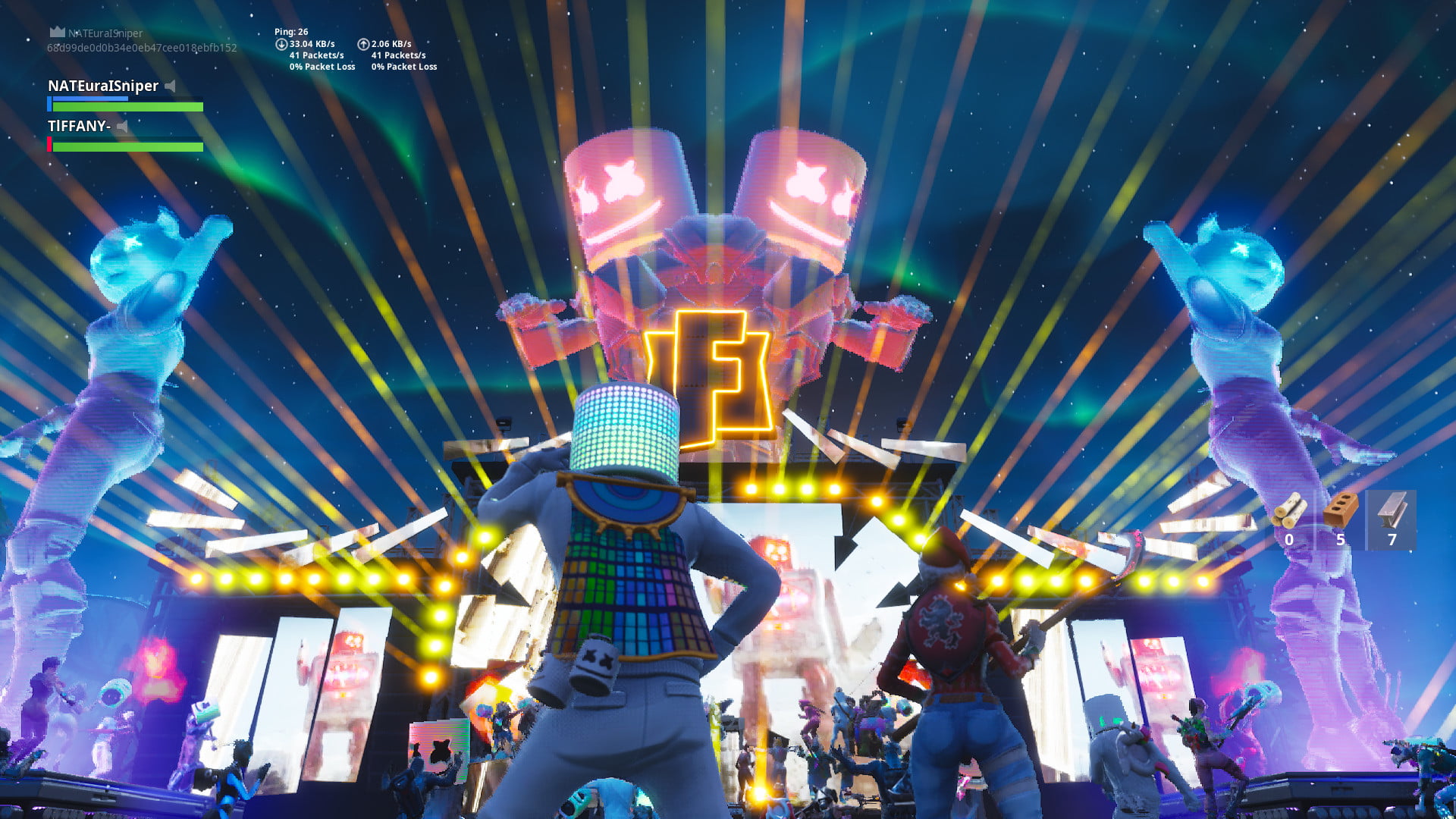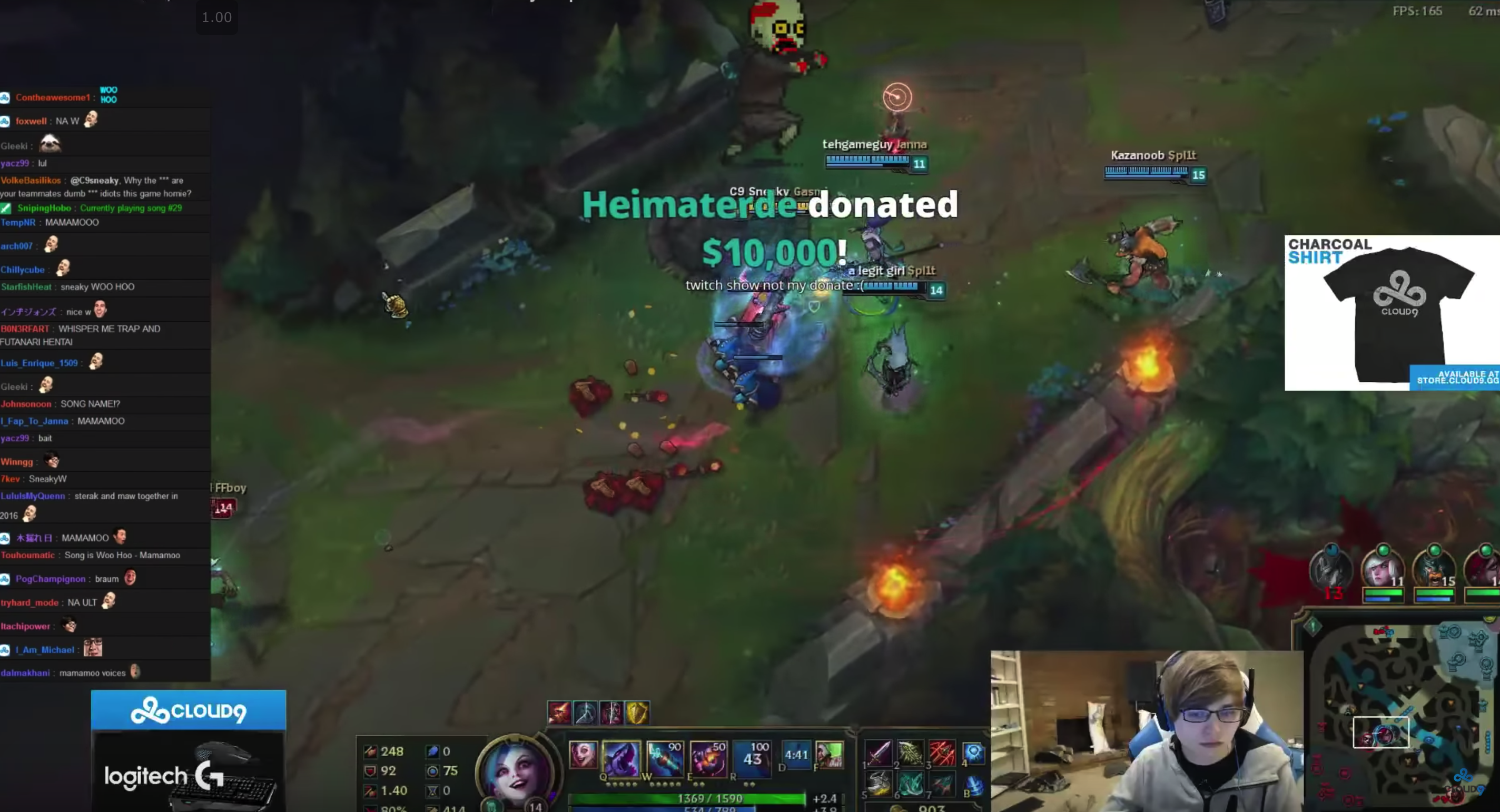This is part two of four in my position paper on esports. To read the first part click here.
There is a great MIT study summarized in this article that proved learning by seeing and learning by doing are two completely different things. In the study they put two kittens in a lighted box for three hours in a day, one attached a carousel with its feet touching the ground and the other attached without. The other hours were spent in a dark box.

After eight weeks the kittens were placed in the real world. The researchers watched if the cats would automatically place their paws on whatever surface they were set upon, or if they’d avoid a steep ledge they were placed near. The results were incredible. 100% of the cats that controlled the carousel functioned normally. The cats that only watched operated as if they were blind.
The ‘blind cats’ jumped towards ledges and fell straight off. They didn’t react when things came towards their faces. While both cats grew up seeing the same things, one experienced by interacting with the world and one didn’t.
The same goes goes for internet usage. To learn and adopt the internet is one thing, but to grow up with it is another. The term digital native describes a person who was raised using the internet. They have drastically different perspectives on its usage, and are far more comfortable on a variety of platforms. We’ve all heard of of the grandparent using the Facebook status update bar as a search bar.
To me, the most important change with a digital native generation is their perception of online interactions. What used to be an essential in-person experience can be replaced online, with minimal loss of emotional attachment or value. Emails evolved into instant messaging which evolved into texting. Sharing developed pictures turned to polaroids which turned into instagram posts. In-person experiences can now be shared anytime, anywhere.
This change has allowed esports to flourish. I believe that in traditional sports, it is the emotional connection to a team, player, or city that drives fan engagement. If esports were unable to elicit these same feelings, I believe it would be destined to fail. With this new digital native generation, fans can experience online events with the same level of emotional attachment as a physical one.
Take Marshmello’s Fortnite concert in February. Yes, that’s right. The edm artist Marshmello hosted a virtual concert in Fortnite’s battle arena. It was ‘attended’ by 10.7 million players, and if you count the number of people who streamed the event or watched it on Youtube it was viewed by 27 million. Online events are replacing in-person ones.

This is incredibly important as games such as League of Legends or Overwatch compete with traditional sports, movies, and other activities for people’s time and attention. In order for esports to attract viewers and fans, it must overcome what I call the status quo inertia.
To put it differently, all else being equal people will continue to do what they have always done. If you walk the same way to work every day and I offer you a marginally improved route (perhaps a slightly more scenic one), chances are you’ll continue to use your original path. However, if I offer you a route that’s far more scenic or significantly more efficient, most people would switch. I believe for some of the digital native generation, esports offer a comparable experience to ones in the status quo.
However, being just comparable isn’t enough. To overcome the inertia, it must provide a better experience. Here are a few ways I believe it does.
Esports itself is a digital native product. This gives a couple of advantages: it doesn’t need to pivot from an outdated model, and it was born in platforms made for the new generation.
I believe the two most important platforms that have revolutionized how people engage with media and entertainment in general are Youtube and Twitch.tv. While Youtube does have a streaming component, Twitch and Youtube serve in two different but complementary functions that enhances the fan experience.

Twitch.tv is a streaming platform that was acquired by Amazon in 2014. It allows people to live stream their games or real life content. It is one of the top 40 most visited websites globally and has been visited almost a billion times in the last six months alone. Top streamers can draw hundreds of thousands of viewers for special events, and make millions of dollars annually.
I have three main answers to this question. I think the first answer is fairly obvious - people watch streams for the same reason people choose to watch traditional sports on the television. Secondly, the level of access granted to the viewer in streaming is unparalleled to any other medium. Finally, the streaming experience is superior to traditional sports television.
The world would be a better place if traditional sports streamed. Obviously team scrimmages or discussions in the film room would have to be private, but imagine if we had footage of Hakeem Olajuwon practicing his skyhook in the 80s. Or if when Novak Djokovic practiced with Alexander Zverev in the off season we didn’t have to rely on people to post amateur footage on Youtube to watch. Tiger Woods decides to practice his drive one day and streams it. Who wouldn’t tune in?
Now imagine that not only would you be able to watch a star practice in real time, but you were able to ask them questions and they actually replied. How amazing would that experience be? Tom Brady explains to you live why he believes pliability is the most important part of training. That’s what happens when gamers stream. This is a huge pareto improvement for fans’ viewing experience.
For those that are stars, it allows them to connect with their fans in a more personal way. Think of it as an Instagram live but for their profession.
One reason to use Twitch to stream over Instagram live is that Twitch pays, and it pays well. For those of you unfamiliar with streaming, people actually donate money for their question and username to be displayed across the screen. While there is a chat function, normally it’s too fast for the streamer to see all the comments or it gets lost in the shuffle of things. If you donate, you have a much higher chance of getting your question answered.
Even if a star isn’t streaming to make money, they could give the donations they receive to charity. Ninja raised $50,000 through a single stream so it’s fair to say streaming for a cause can move the needle.

For people that aren’t bonafide stars, it allows them to build a fan base that would otherwise be impossible. I don’t necessarily believe that the best players had the best personalities.
Take Kendrick Perkins, a good but decidedly “average” NBA talent. He’s recently been featured on First Take and other sports shows and has been heralded as an amazing personality with strong analysis. If he was able to stream himself watching games while he was a professional he may have had more fans, and ultimately more sponsorships.
These same arguments apply to video game players. The most popular and successful League of Legends player Faker streams. His first stream on Twitch broke records with 250 thousand concurrent viewers. Fans are extremely lucky and grateful to interact with his greatness on a semi personal level.
Imaqtpie, a relatively average North American League of Legends professional player turned to steaming after retiring from pro gaming. He found his calling as an entertainer and is one of the top streamers on Twitch. He pulls in a cool $2.5 million per year from donations, sponsorships, and ads.
Not only do the streams help the streamer, but they keep the viewers emotionally connected to the personalities. Because even professional players stream, this emotional connection has spillover effects for esports. Furthermore, I believe that the viewing experience is better in esports than traditional sports.
I believe that watching a competition through streaming is superior to traditional television for a few reasons:
- There is a chat feature on streams so you can see how people across the world are reacting real time to a play. Obviously the chat feature is collapsible so it’s only there if you want it to be so it’s a pareto improvement (people are only made better off).
- Because video games are inherently digital, game producers can offer spectators different fields of view without intense capital expenditure. You can have first person perspective streams in a way that’s impossible with traditional sports. Also, if new technology comes out that would change the viewing experience it can be seamlessly updated without having to change cameras or stadiums. For instance, here’s a first person VOD (video on demand) of Faker playing in the biggest international tournament of 2019.
Ok, so I’ve covered a lot of topics here. Growing up in a digital-first environment has been important for people to embrace online personalities and platforms. The adoption of streaming and Twitch have allowed professional gamers and content creators alike to connect with their fans on a more emotional level. The connectivity of the internet has allowed streamers to reach a global audience, which has in turn allowed them to make a livable wage off their streams. Some even make in the millions per year.
Finally, we get to the last important platform, Youtube. If streaming captures the transient nature of sports or gaming, Youtube provides the permanence of replays and more polished content. I don’t feel the need to go into the intricacies of Youtube because it’s more of a ubiquitous platform, but I believe it’s essential for viral videos, game replays, interviews, and other types of permanent content.
These platforms have allowed esports to cultivate fans from the digital native generation. However, esports needs fans and sponsorships to survive. Part three of my position paper examines why sponsorship money is only entering esports now, and why sponsorships will only increase in the coming years.